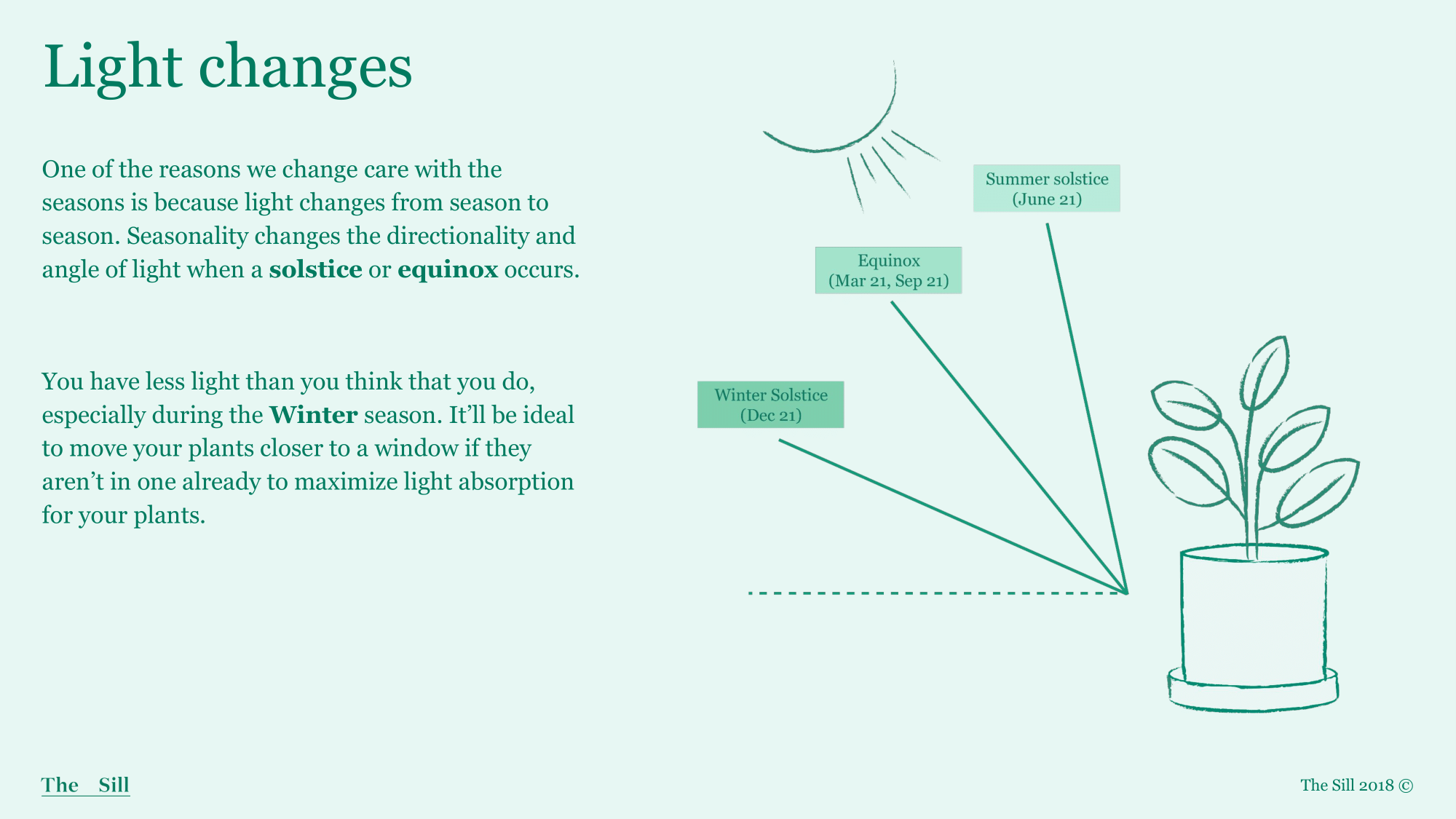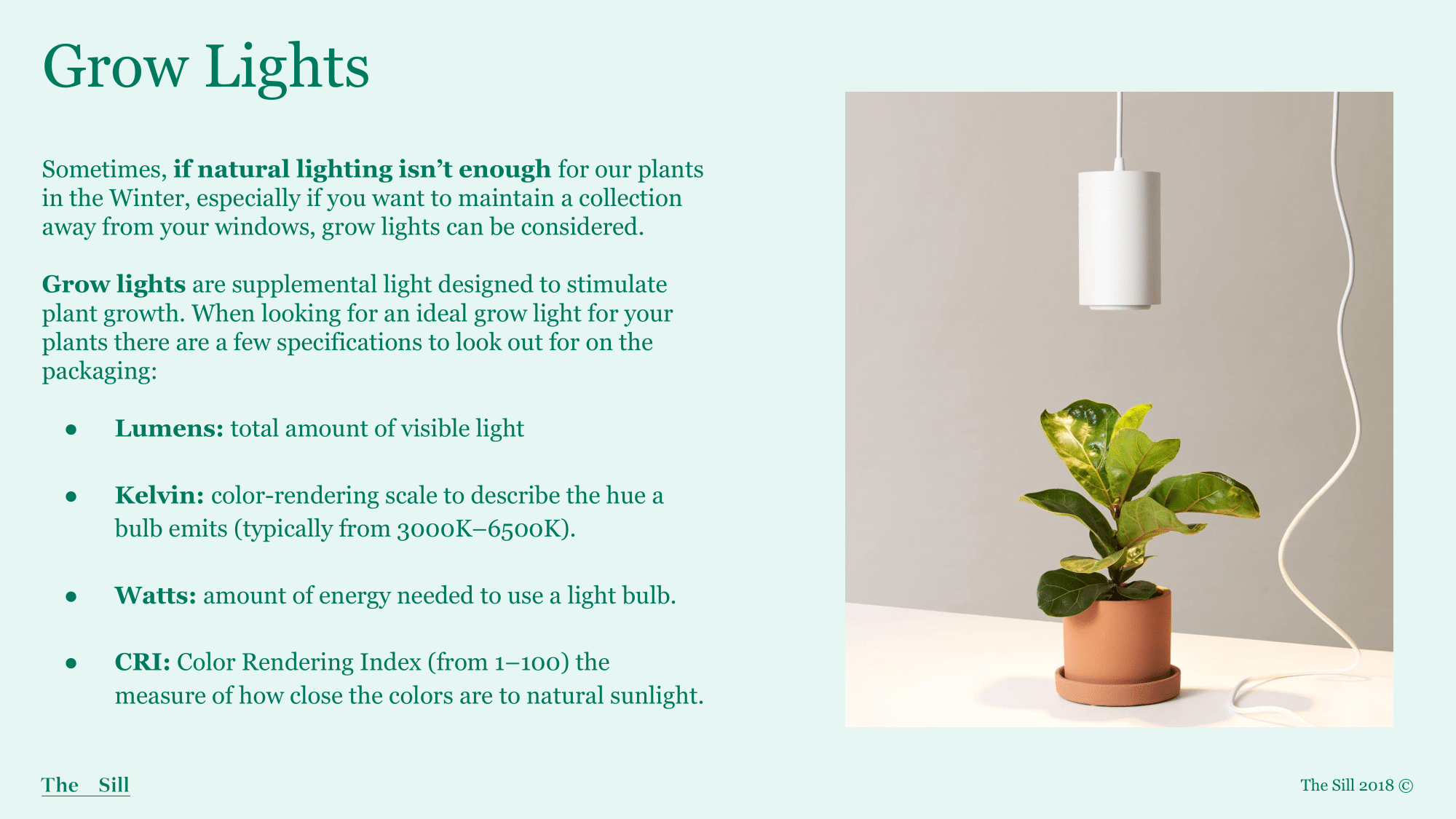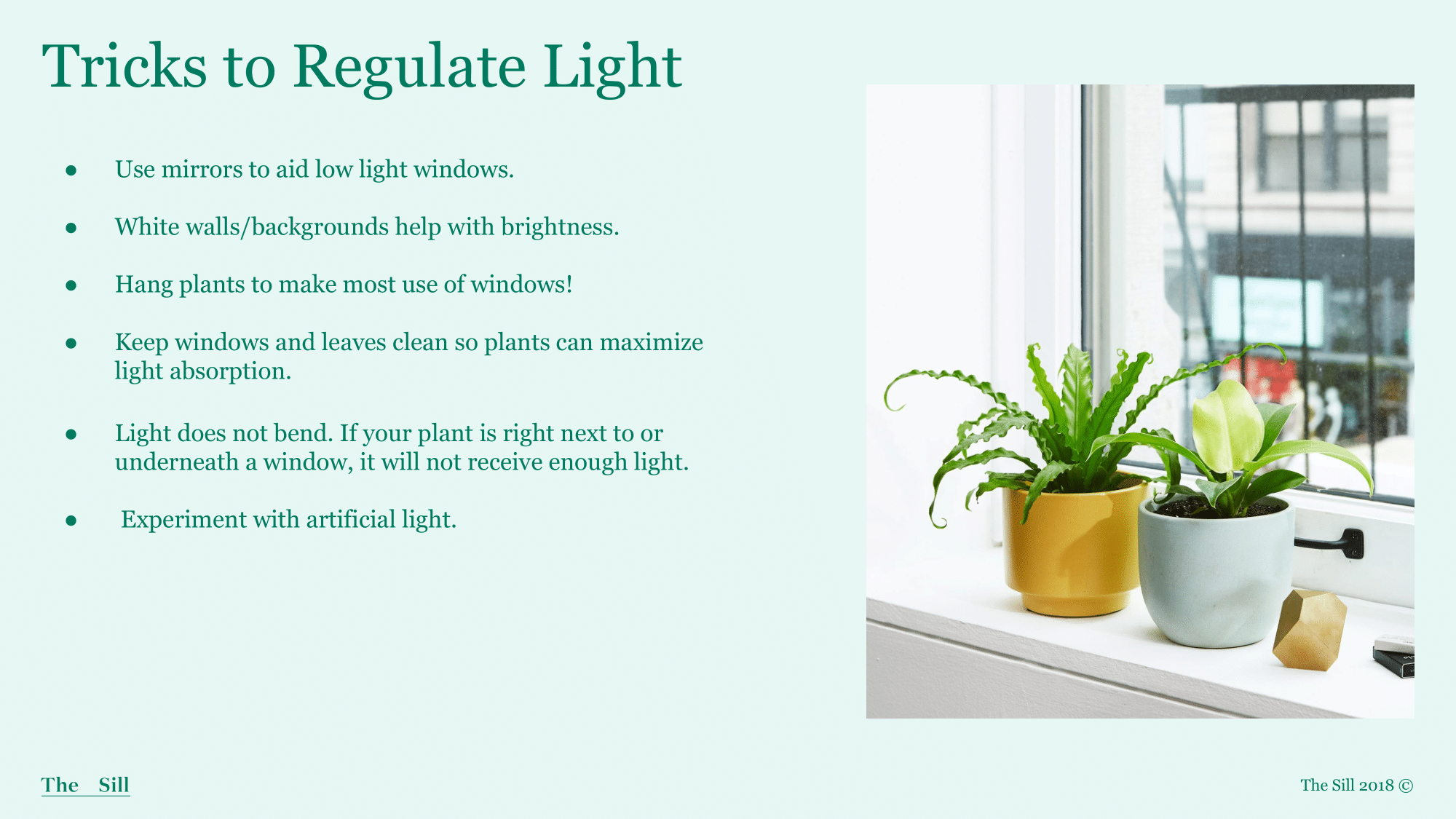Light Changes
Part 1 of 5

Light Changes
If you’re unsure of what a solstice or equinox is, a solstice (we have a Summer & Winter solstice) is when the sun meets the point on the horizon and stops and reverses in direction, resulting in a change in length of night and day. It is when the sun is at its greatest distance from the celestial equator. An equinox, is when the sun crosses and stays exactly above the celestial equator indicating that the hours of each night is of equal length.
The importance of understanding these solstices or equinoxes is that they change the relative hours of day and night. When daylight hours change it can certainly impact our plants response to growth. The duration of light diminishes during the Winter months where we only get about 8–9 hours of daylight meaning that our plants will grow more slowly or go dormant. Whereas, during the growing season (after the Spring equinox & Summer Solstice) daylight hours are longer and more favorable for plant growth.
For city dwellers, if you live higher up, say, on the 22nd floor, you receive MUCH brighter light than a 1st or 3rd floor window would since your angle to the sun will be much closer and you’ll most likely have no obstructions. Be sure to consider window size, and obstructions indoors and outdoors that could be blocking your plants view of the sky.

Grow Lights
- Grow Lights - Regular bulbs we have in our home can’t work to stimulate growth for our plants because they are designed for our eyes in mind. The intensity of light is often weak and not strong enough to promote growth. They are also not in the right wavelength spectrum and emit green wavelengths. Plants need red and blue wavelengths or full spectrum light to most sufficiently drive photosynthesis for plants.
- Distance/Duration - Best to leave grow lights on for a minimum of 8 hours but never exceed 16 hours. Bright light plants should get between 10-12 hours of light though, and plants like succulents and cacti can get as much as 16 hours of daylight if you’re 100% compensating for natural light. Outlet timers are available on the market or with purchase of some grow lights. The distance may vary depending on the intensity of your bulb, but generally 1-2 feet above plants is ideal.
- Lumens - Indicates how bright the light will be and the higher the lumens on a bulb the better for your plants. Ideally it’s best to pick a bulb that has at least 800 lumens or more, especially for bright light plants. Low light tolerant plants can benefit from a grow bulb that has a minimum of 300-500 lumens.
- Kelvin - A scale between 2000K-4000K indicates the light will give off a redder, warmer light. A scale between 5000-65000K indicates the light will give off a bluer, cooler light. Understanding these colors can let you know how the light will look in your home aesthetically, but warmer light also helps to stimulate stretching/flowering while cooler light stimulates compact and vegetative growth.
- Watts - Has nothing to do with plant growth and is just letting you know how much energy will be needed to use the bulb. You should only care about this if you care about your electric bill.
- CRI - The higher the CRI rating the better for your plants. Best to aim for a bulb that has a CRI rating of 90 or higher.

Regulate Light
- Mirrors can work to bounce light for low light plants in low light areas but are not very effective for bright light plants in low light areas. Bright light plants should be placed in bright light areas only. Mirrors can only help to bounce off light in low light areas to help maximize light absorption for low light tolerant plants.
- If you’re renovating or finding a new space to live, consider white walls and backgrounds as this helps to reflect and bounce light off into the space to provide more for your plants. Whereas, dark walls and backgrounds would absorb the extra light in the room your plants can benefit from.
- Use items like macrame or ceiling hangers to hang plants in the windows- don’t limit yourself to just your sills! You can also utilize plant stands and any kind of shelving to elevate plants from the ground to keep them in line with a window.
- Cleaning your windows can help to make sure your plants are getting plenty of light- sometimes you won’t believe how dirty your windows are and how that film can be obstructing the light coming in! We are going to dive more into depth on leaf cleaning and its importance in the upcoming slides.
- Light always appears brighter to our eyes in a room which is why at times it may make sense to place plants far from windows or off to the side/under a window. However, it’s best to keep plants directly in line with a window since they get light from their view of the sky/outside and not ambient light being spread into a room at a great distance.
- 1. Light Changes
- 2. Environment
- 3. Clean The Green
- 4. Troubleshooting
- 5. Neem Application
